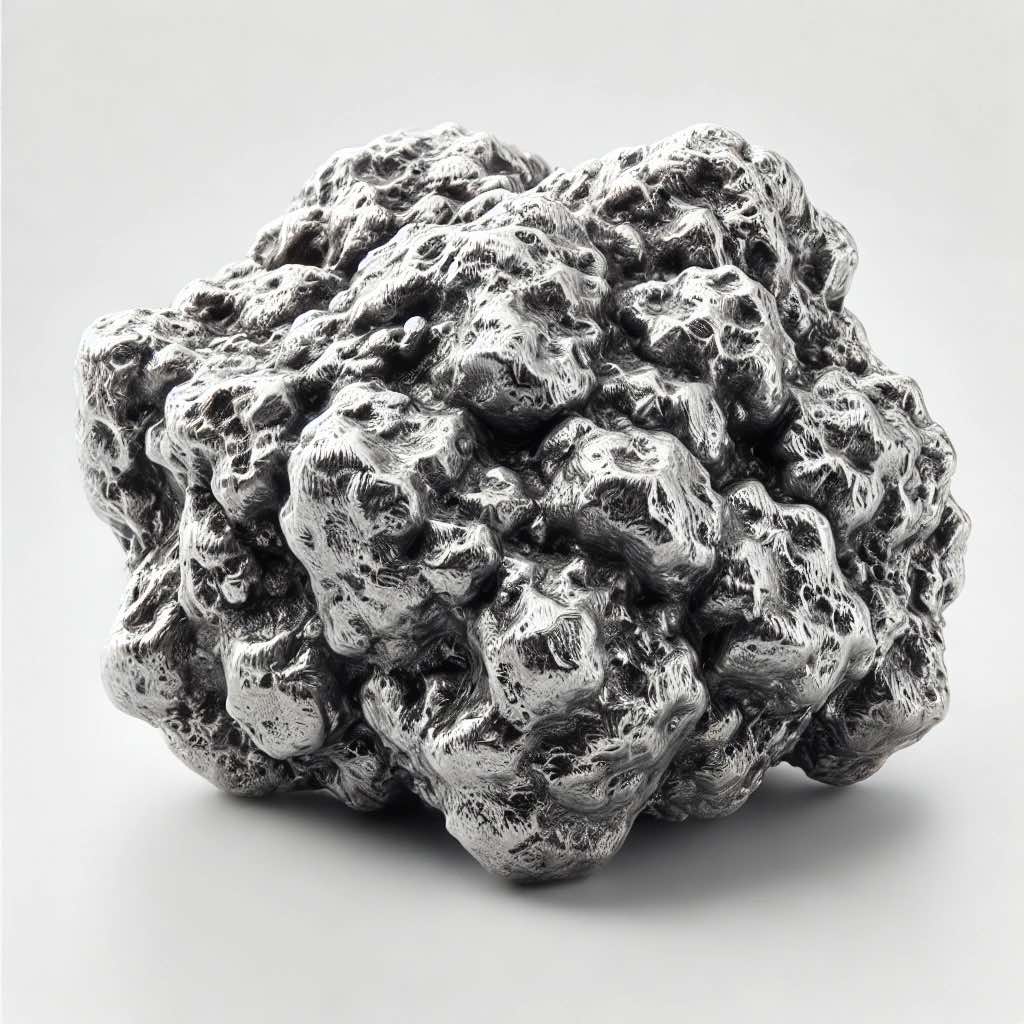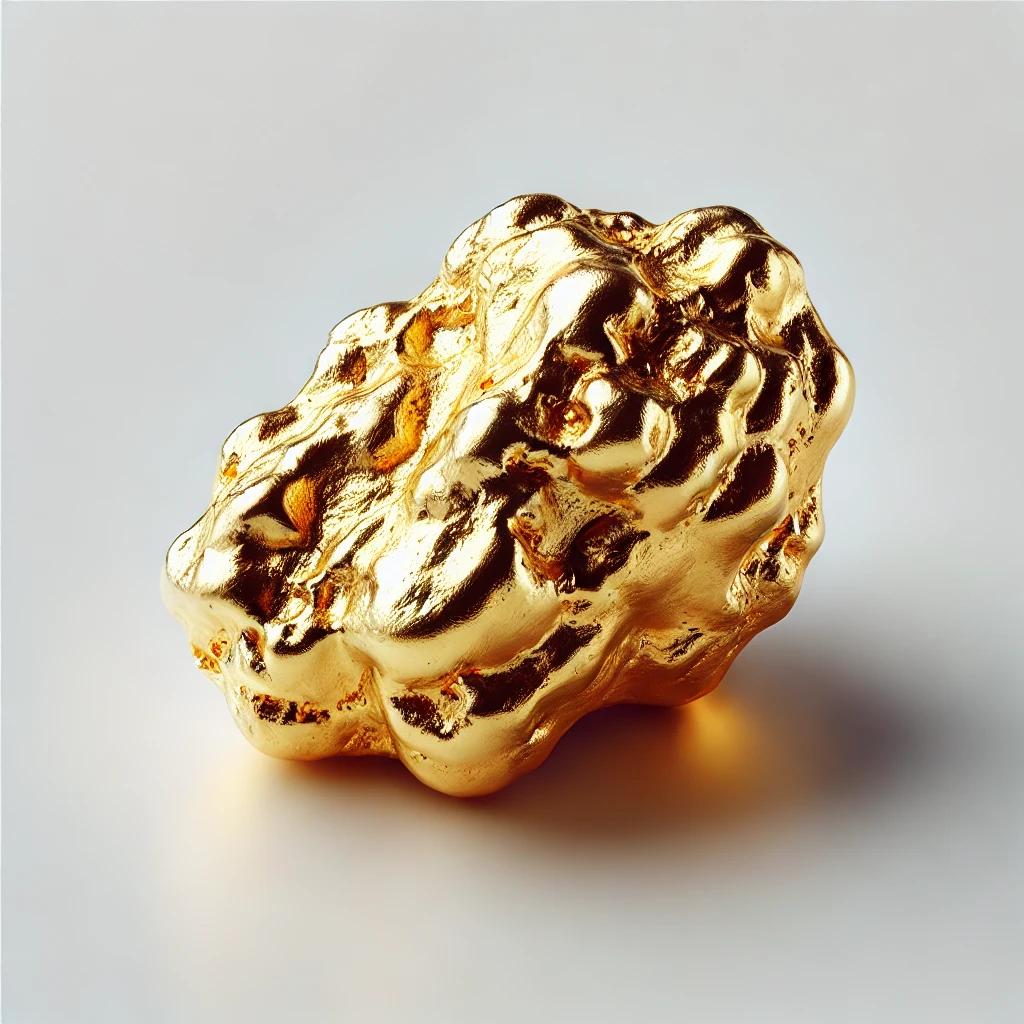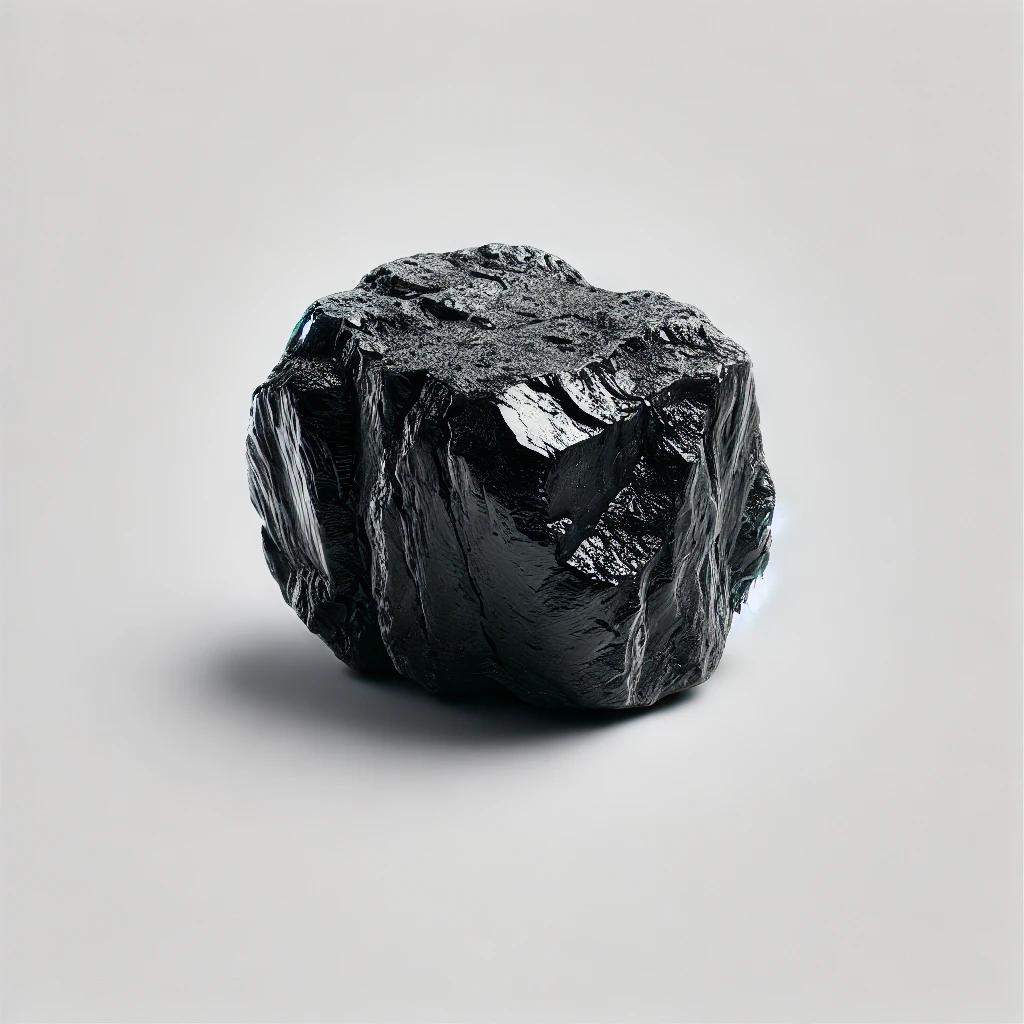Mining economic and Mining artifacts
Understanding the interplay between mining economics and artifacts highlights how mining has shaped human civilization and continues to influence economic and technological progress.
- Iron
- Iron is a chemical element; it has the symbol Fe (from Latin ferrum 'iron') and atomic number 26. It is a metal that belongs to the first transition series and group 8 of the periodic table. It is, by mass, the most common element on Earth, forming much of Earth's outer and inner core.
- Gold
- Gold is a chemical element with the chemical symbol Au and atomic number 79. In its pure form, it is a bright, slightly orange-yellow, dense, soft, malleable, and ductile metal. Chemically, gold is a transition metal, a group 11 element, and one of the noble metals.
- Copper
- copper (Cu), chemical element, a reddish, extremely ductile metal of Group 11 (Ib) of the periodic table that is an unusually good conductor of electricity and heat.
- Coal
- Coal is a sedimentary deposit composed predominantly of carbon that is readily combustible. Coal is black or brownish-black, and has a composition that (including inherent moisture) consists of more than 50 percent by weight and more than 70 percent by volume of carbonaceous material.




Numbers of contributed mining artifacts (All over the world)
- Mongolia contributed 0.05%
- 2.6 billion metric tons of Iron
- Mongolia contributed 2.3%
- 22 million metric tons of Copper
- Mongolia contributed 0.5%
- 3,644 metric tons of Gold
- Mongolia contributed 0.95%
- 8.54 billion metric tons of coal